‘The medium is the message.’

This is what McLuhan once said. Before the advent of McLuhan’s theory, communication held a platonic idea of opposites, it was believed that the medium of spreading knowledge and information was more influential than the content.
However, McLuhan broke down the opposing view of ideas, and states that the medium is no longer a bridge between man and nature or substance, it is nature and substance.
Taking cinema as an example, he argues that the medium’s treatment of the concepts of speed and time transforms the world of sequences and links into one that is configured and constructed according to creativity. The message of the film medium itself is thus a transition from ‘sequential links’ to ‘configuration’.
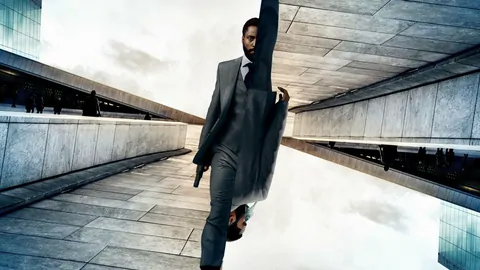
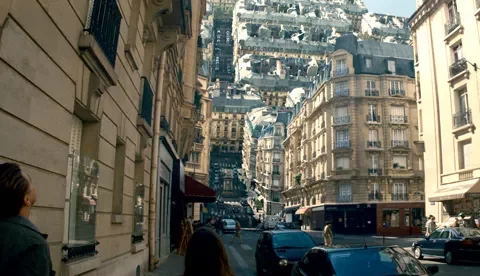
Thus, based on the idea that the medium itself is the message, McLuhan suggests that rather than focusing on the content of the media, it is better to focus on the ‘form’ of the media’s communication.

In Masterminds, a real-life robbery is told. The main message is not the content, or the story of the film itself. Rather, it is the fact that the film brings this similar crime to society in a comedic form, thus changing the public’s attitude towards crime.
Thus, in ‘Understanding the Media theory’, McLuhan describes the content contained in the media as a piece of fresh meat carried by a thief as a watchdog to distract people’s minds (1967). This means the people tend to stick to the obvious when they get their messages through the media, but in the process they largely miss out on some of the structural changes.
When ways of doing things and norms change because of technology, we realise the impact of the media on society.
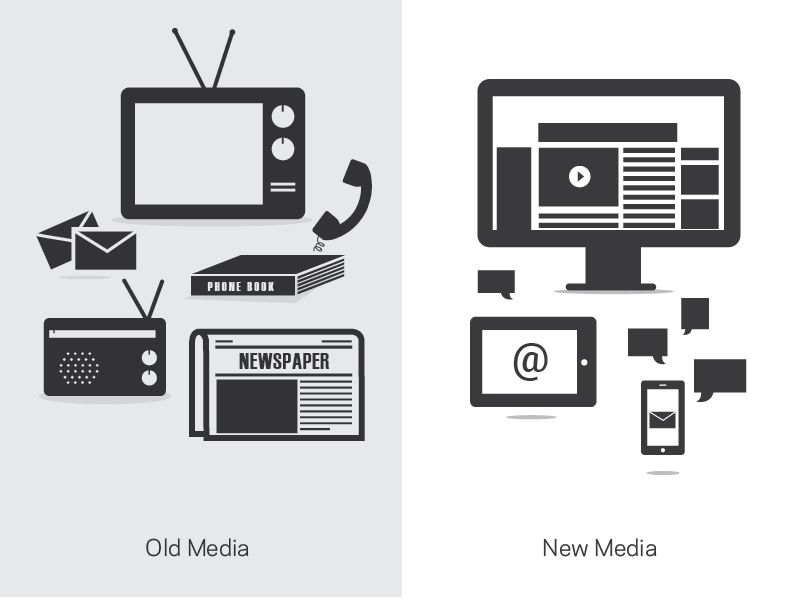
New Medium
The new media electronic age is understood to offer salvation because it provides a new, more diverse and multi-sensory environment. We use more senses with ‘multimedia’ than with other single media forms (2000). By using more senses, a more realistic state of nature can be presented. Thus, all technologies seek to expand human capabilities and senses in some way.
The medium influences people’s thinking
The impact of new media on our perceived lives is not to change our thinking, but to change the structure of our world.
The shift from visual to electronic media, however, sees us lose the individual fragmented nature of print culture.
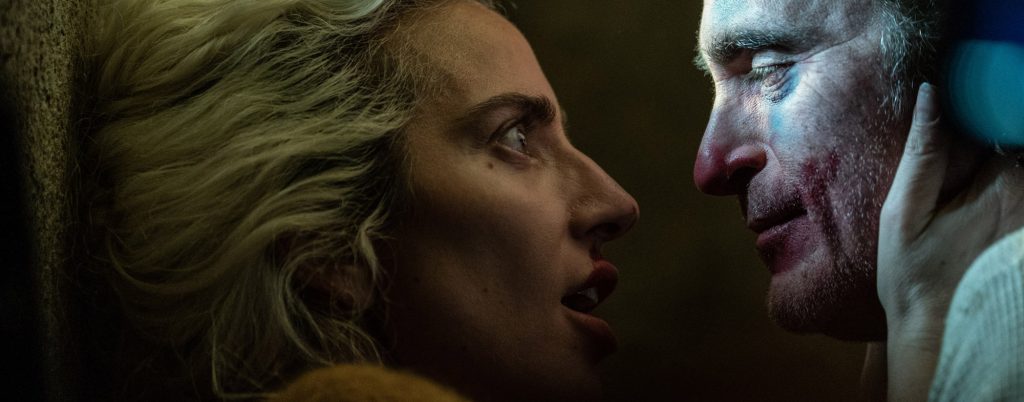
In Joker 2, a lot of footage is given to TV. All the audience watches is how the medium of television in the film tells the story of the Joker. But it is through this medium that the original Joker 1 story of the confrontation between rich and poor and class antagonisms is adapted into the desperate struggle of the hero’s performative personality. The part of Joker 1 that is a plea for rebellion against society becomes a plea for love.
Thus, the plot of Joker 2 is empty and vapid, and the deviance in the film’s plot is amplified and distorted through the medium. In great contrast to Joker 1 – there is no introspection of society, structured for a reason.
As a result, society enters a new era – one of shared groupthink, however, this is not a good thing because its a system of control and is entrenched in the world.
References
McLuhan, M., 1967. The medium is the massage. A Benthm Bbook.
Bolter, J.D. and Grusin, R., 2000. Remediation: Understanding new media. mit Press.

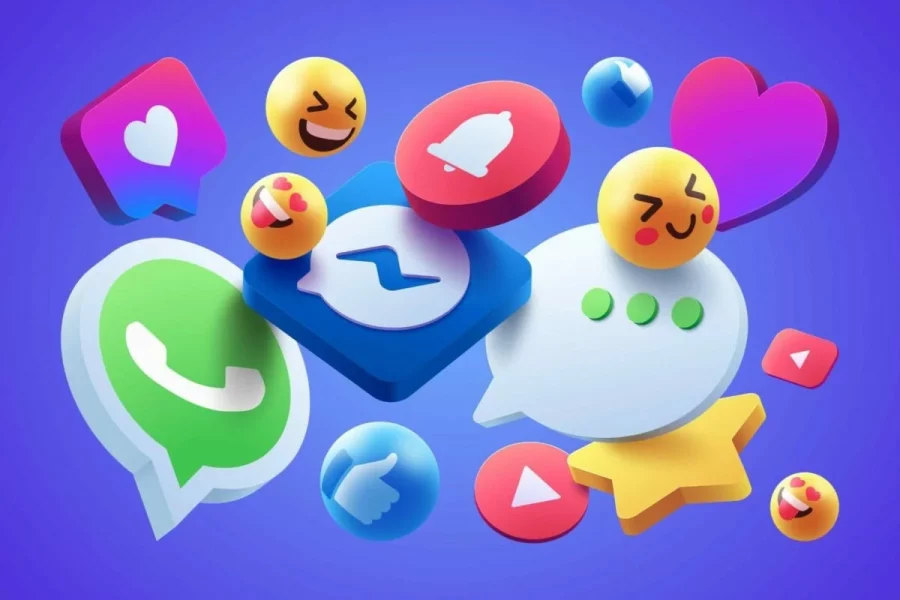
This blog delves into McLuhan’s idea that the medium is the message, arguing that the form of the medium itself influences social perceptions more profoundly than the content. In the case of Joker 2, the medium of television reshapes the original theme of social criticism, turning it towards performative and emotional personal struggles and downplaying the reflection on society. On the other hand, McLuhan pointed out that although this phenomenon increases the “sharing” of group consciousness, it invisibly causes the suppression of independent thinking by society, makes the individual’s way of thinking converge, and there is a hidden danger of controlling and regulating people’s consciousness, and finally tends to “group thinking”. Therefore, in the face of the penetration of modern media, society needs to maintain a high level of vigilance and encourage individuals to develop critical thinking and self-awareness to avoid falling into media-dominated group thinking. But overall, you did a great job!!!
This blog is part of McLuhan’s theory of ‘the medium is the message’, which emphasises that the medium itself can influence society more than the content. By changing the way messages are conveyed, the medium can reshape people’s thinking and social structures. For example, in the film Joker 2, the medium is not just a bridge to tell a story, but influences the audience’s understanding of the theme through its unique form. McLuhan also argues that the multimedia environments of the electronic age utilise multi-sensory experiences to further alter people’s perception of reality. I believe that while this change promotes shared thinking and consensus in groups, it can also inhibit individuality and critical thinking. It’s well worth thinking about!